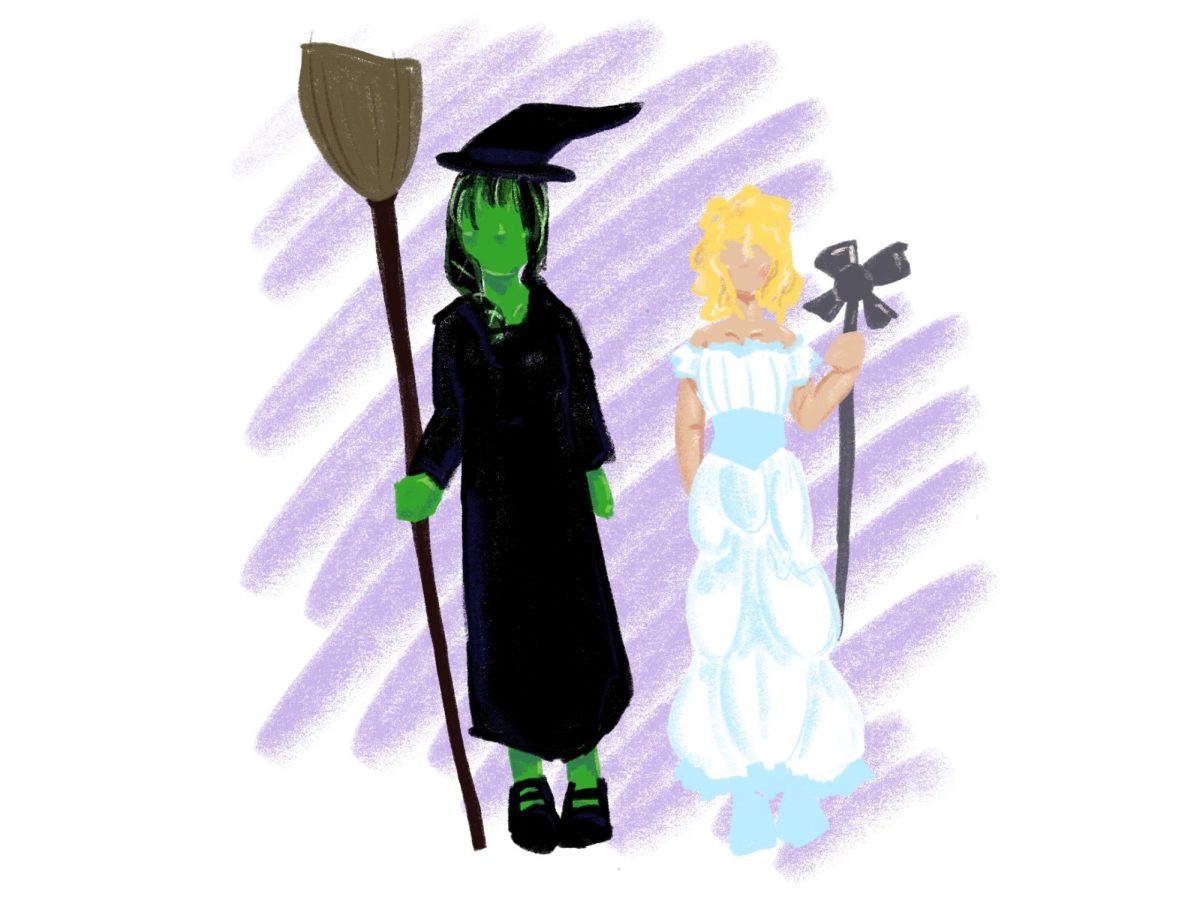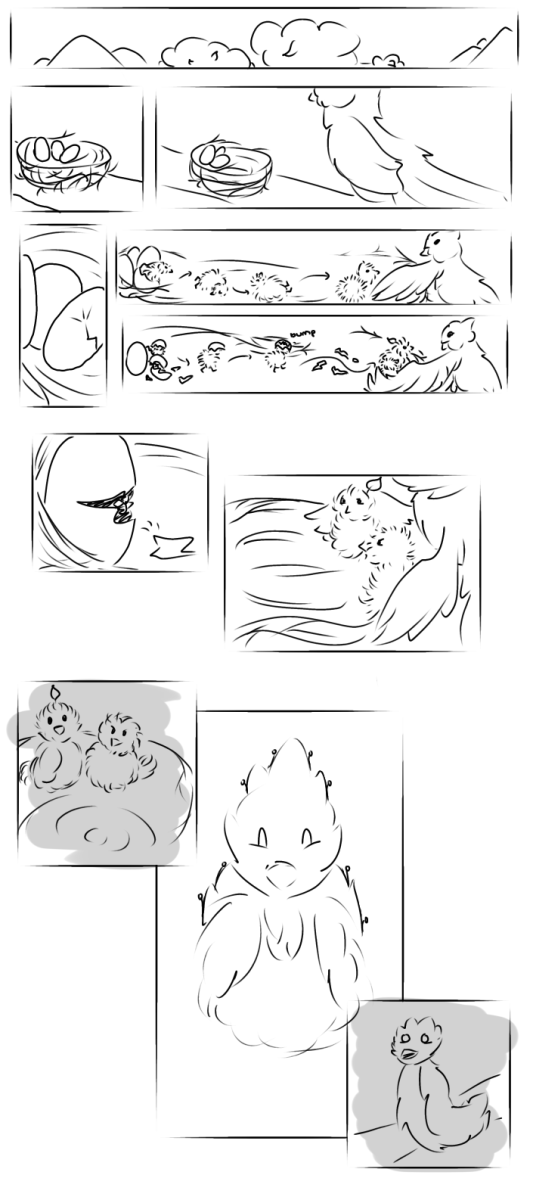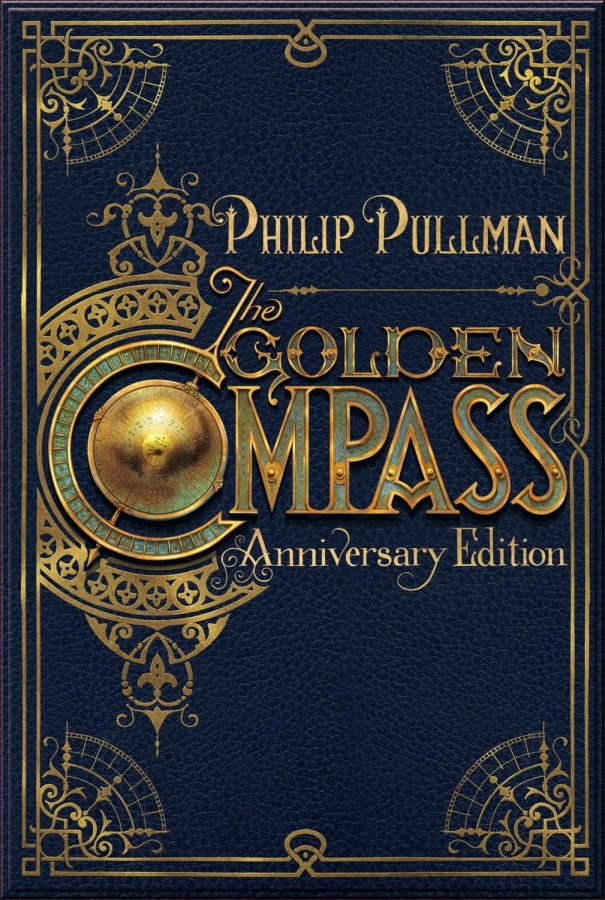‘The Golden Compass’: A Guide To Storytelling
September 8, 2022
“The Golden Compass” by Phillip Pullman was originally published in June of 1995, as the first book of the trilogy, His Dark Materials. Set in an alternate fantasy world, the book follows the story of orphan Lyra Belacqua as prophecy, misfortune and mystery pushes her out of Jordan College and into the North.
Phillip Pullman is a 75 year old English author living in Oxford. While he has written many books and series and won the Astrid Lindgren Memorial Award, he is best known for His Dark Materials, the trilogy comprising the books The Golden Compass, The Amber Spyglass and The Subtle Knife.
While it seems like the book has been forgotten, it was wildly successful, selling over 2 million copies, getting translated into 45 different languages and winning the Carnegie Medal in 1995. Other than the Carnegie Medal, the remaining two books of the series are not without their recognition, with The Amber Spyglass winning the Whitbread Book of the Year Award, and The Subtle Knife winning a Parent’s Choice Gold Award.
The Golden Compass is set in a parallel world with many fantasy features, such as magic, witches, armored bears and most prominently ‘spirit animals’ that take physical forms alongside each and every person. These animals are called dæmons, and represent the external manifestation of a person’s soul.
Lyra was an orphan left to Jordan college and raised by the scholars who attended the school. At the start of the story, Lyra is but a young girl, around the age of 11. The book begins with Lyra accidentally witnessing an assassination attempt, as the headmaster of the school pours poison into wine intended for Lyra’s uncle. After warning him, and subsequently saving her uncle’s life, Lyra hides in a closet and hears about a newfound force called “Dust”. Another struggle soon appears when children begin to go missing all around the town and college. It isn’t long before these villains are dubbed “Gobblers”, due to a rumor that they eat the children they steal. One day, Lyra’s best friend Roger, a young boy who works in the college, goes missing, and Lyra along with her dæmon Pantalaimon begin their complicated and daunting, danger fraught journey to save him and the other missing children.
This sounds great and all, but is the book actually worth reading? The general consensus seems to be a standing ovation. While there are hundreds of reader commendations and reviews for the book, major publications have also expressed their admiration and love for the story. In a review for the novel, The New York Times wrote, “Very grand indeed.” In another review,The Boston Sunday Globe added, “Powerful… a fantasy adventure that sparkles with childlike wonder.” Other than reviews, the many awards and accolades the trilogy has received also speak to how popular and beloved the series was, and for good reason.
A unique blend of high fantasy and sci-fi, all 351 pages are gripping from start to finish. The plot is compelling, with countless twists and turns, and every character is deeply complex and developed. From dazzling world building to fascinating characters and an action filled plot, there’s something for everyone in this novel.
First off, the universe is developed in an extremely unique 2ay, featuring slightly altered elements from this world, such as familiar countries, places and technology. The fantastical elements Pullman intertwines with the ordinary ensures the fantasy remains grounded with reasonable tech for the world, incorporating an element of sci-fi with magic.
Thanks to the riveting plot, this book is impossible to put down. The book jumps immediately into action, with no boring exposition to cut through. The introduction of the characters feels extremely natural and organic, with dynamic and high tension encounters, and it never feels like a chore to get to know them. For example, right from the beginning of the book, the personality of the protagonist is made crystal clear, along with that of her companion, Pantalaimon. The reader knows exactly what they’re getting into from the first few pages. Every character comes with full detail and backstory, no matter how minute or insignificant to the story. Everyone has detailed motives, and many, if not most characters are in that fascinating gray zone, not completely good or bad. The complexity of each character enriches the story, and keeps the reader hooked.
The writing style also keeps the reader engaged. Everyone knows the common phenomena among sci-fi books that have far too many made up terms that are never explained, and The Golden Compass is happily an exception. The style is sophisticated, yet fun and engaging, reflecting the young age and curiosity of the protagonist. Not only is the style the perfect blend of complexity and simplicity, but Pullman always makes sure to keep the reader’s newness to his world in mind when explaining the mechanics of his universe. This is not to say that the world is difficult to navigate or enjoy, as the reader will usually find that they pick up on the details pretty quickly.
The pacing of the novel keeps things snappy and interesting. Prophecy and misfortune arise immediately, and push Lyra quickly into a mystery that the reader watches unravel throughout. “The Golden Compass” is a tapestry of stories and plot lines, and because of the excellent craftsmanship of storytelling, it never gets boring.





























